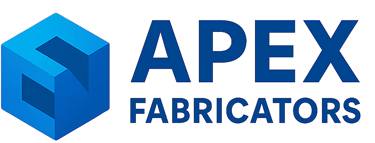What is CNC Machining?
CNC (Computer Numerical Control) machining is a subtractive manufacturing process where material is removed from a solid block (metal, plastic, etc.) using various cutting tools. It’s ideal for creating precision parts with tight tolerances and superior surface finishes.
Common materials: Aluminum, steel, brass, plastics
Applications: Aerospace, automotive, medical devices, industrial parts
What is 3D Printing?
3D printing, also known as additive manufacturing, builds parts layer by layer from materials like plastic, resin, or metal. It's perfect for rapid prototyping and producing complex geometries that are difficult or impossible to machine.
Common materials: PLA, ABS, PETG, nylon, resin, metal powders
Applications: Prototypes, tooling, dental/medical models, consumer products
When to Choose CNC Machining
You need tight tolerances and high strength.
The part requires metal or high-performance plastic.
You are producing medium to high volumes.
Surface finish and mechanical properties are critical.
When to Choose 3D Printing
You're creating a prototype or one-off custom part.
The design includes complex internal geometries.
You need quick iteration and low setup cost.
Lightweight structures or lattice designs are beneficial.
Final Thoughts
CNC machining and 3D printing are not competitors—they are complementary tools. Many modern manufacturers use both technologies depending on the stage of the product lifecycle or the specific job requirements. If you're developing a product, consider 3D printing for early-stage prototyping and CNC machining for final production or high-performance parts. Choosing the right method means understanding your project's functional requirements, material needs, budget, and timeline. When in doubt, consult with a manufacturing expert to guide you toward the most efficient and cost-effective solution.


